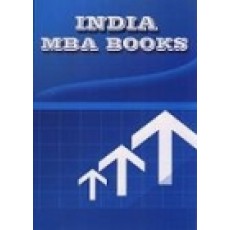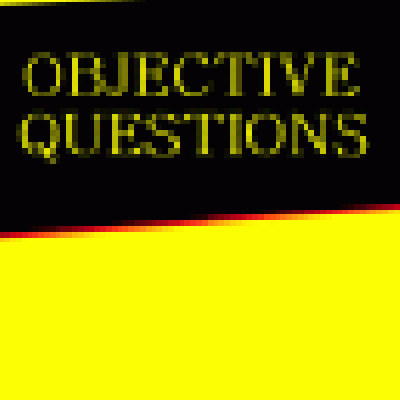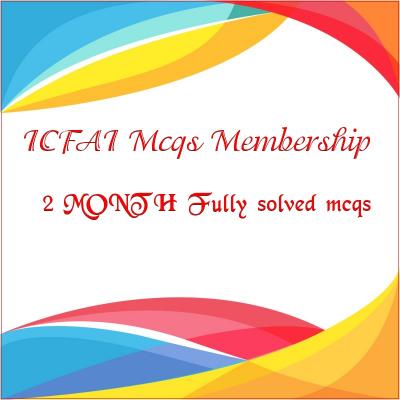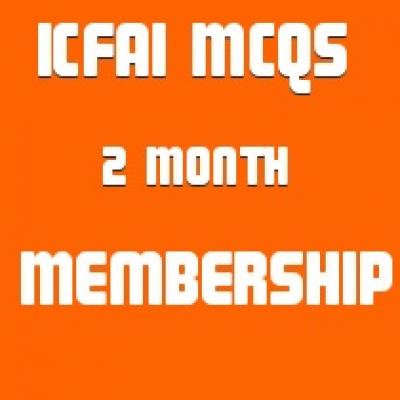Total Quality Management SOLVED PAPERS AND GUESS
Product Details: Rohtak UNIVERSITY Total Quality Management
Format: BOOK
Pub. Date: NEW EDITION APPLICABLE FOR Current EXAM
Publisher: MEHTA SOLUTIONS
Edition Description: 2021-22
RATING OF BOOK: EXCELLENT
ABOUT THE BOOK
FROM THE PUBLISHER
If you find yourself getting fed up and frustrated with other Rohtak UNIVERSITY book solutions now mehta solutions brings top solutions for Rohtak UNIVERSITY Total Quality Management REPORT book contains previous year solved papers plus faculty important questions and answers specially for Rohtak UNIVERSITY .questions and answers are specially design specially for Rohtak UNIVERSITY students .
Please note: All products sold on mbabooksindia.com are brand new and 100% genuine
Case studies solved
New addition fully solved
last 5 years solved papers with current year plus guess
PH: 07011511310 , 09899296811 FOR ANY problem
FULLY SOLVED BOOK LASY 5 YEARS PAPERS SOLVED PLUS GUESS
Total Quality Management
UNIT-I
Basics Concepts of Quality: Definition of Quality, Dimensions of Quality, Quality Planning, Quality costs - Analysis Techniques for Quality Costs, Basic concepts of Total Quality Management, Historical Review,
Principles of TQM, Leadership - Concepts, Role of Senior Management, Quality Council, Quality Statements, Strategic Planning, Deming Philosophy, Barriers to TQM Implementation.
UNIT-II
TQM Principles: Customer satisfaction - Customer Perception of Quality, Customer Complaints, Service Quality, Customer Retention, Employee Involvement - Motivation, Empowerment, Teams, Recognition and Reward, Performance Appraisal, Benefits, Continuous Process Improvement - Juran Trilogy, PDCA Cycle, 5S, Kaizen, Supplier Partnership - Partnering, sourcing, Supplier Selection, Supplier Rating, Relationship Development, Performance Measures - Basic Concepts, Strategy, Performance Measure.
UNIT-III
Statistical Process Control: The seven tools of quality, Statistical Fundamentals - Measures of central Tendency and Dispersion, Population and Sample, Normal Curve, Control Charts for variables and attributes, Process capability, Concept of six sigma, New seven Management tools.
UNIT-IV
TQM Tools: Benchmarking - Reasons to Benchmark, Benchmarking Process, Quality Function Deployment (QFD) - House of Quality, QFD Process, Benefits, Taguchi Quality Loss Function, Total Productive Maintenance
(TPM) - Concept, Improvement Needs. Quality System: Need for ISO 9000 and Other Quality Systems, ISO 9000:2000 Quality System - Elements, Implementation of Quality System, Documentation, Quality Auditing, TS 16949, ISO 14000 - Concept, Requirements and Benefits.







